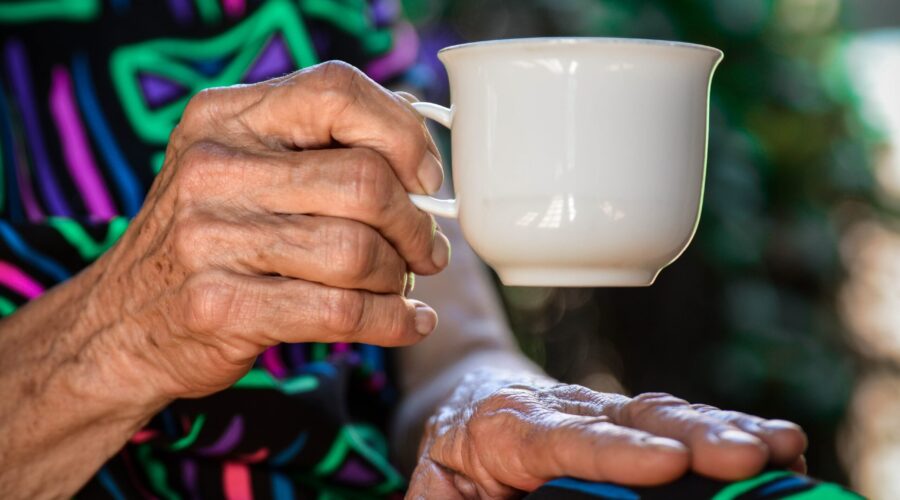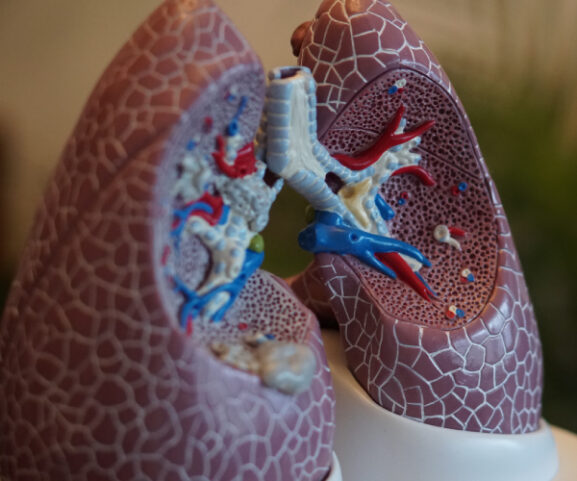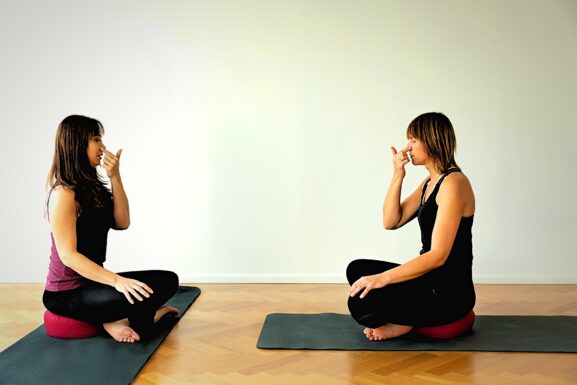Research: Yoga therapy and Parkinson’s disease
Recently, I ran into an interesting article about the effect of Yoga on anxiety and depression for people with Parkinson’s disease (PD). Most of us are well known with the dysfunction of the motor symptoms in Parkinson’s disease, like the tremoring, rigidity, and instability of the body. However, this is just the appearance of the disease, and not the root cause. Therefore, to those who are not familiar with the origin of Parkinson’s disease, let me first explain a bit about this neurodegenerative disease. In Parkinson’s disease, certain nerve cells (neurons) in the brain gradually break down or die. Many of the symptoms are due to a loss of neurons that produce a chemical messenger in your brain called dopamine. (Dopamine is your “feel good” neurotransmitter, which is made in the brain. Dopamine is released when your brain is expecting a reward). When dopamine levels decrease, it causes abnormal brain activity, leading to symptoms of Parkinson’s disease. Diagnosis is not easy to accomplish, and is often done by ruling out other diseases, and start medication for Parkinson’s disease, and just see if the medication is effective, or not. When the diagnosis is positive, you will get into the process of a typical PD rehabilitation process, i.e. exercise and physical therapy, medication, and sometimes even functional surgery. So, what is well addressed are the motor symptoms, but what about the psychological distress (non-motor symptoms), like management of stress, cognitive impairment (trouble remembering, learning new things, concentrating, or making decisions that affect their everyday life), and sleep disturbances?
I asked myself, how would I feel if I was diagnosed with PD and nobody would recognise my anxious feelings, besides the physical discomfort? I think I would feel not only unheard, but also a bit neglected. We as yoga therapists (to be) know very well that being anxious, or depressed has an enormous effect on our breath, feeling of wellbeing, and quality of life. Fortunately, in yoga Therapy, we work on both motor and non-motor symptoms in a safe way.
So, back to the article. As therapeutic yoga has only recently been studied for scientific purposes, not very much is yet know about the effect of yoga on PD. Fortunately, more studies are done every day, to show the world the positive effect of yoga! There are studies know about PD and the typical PD treatment (e.g. physiotherapy) and PD and yoga. However, according to the authors, a comparison of both has never been made. Therefore, their intention was to compare the effects of a mindfulness yoga program vs stretching and resistance training exercise (SRTE) on psychological distress, physical health, spiritual well-being, and health-related quality of life (HRQOL) in patients with mild-to-moderate PD.
The research describes an intervention group (yoga) and a control group (Stretching and Resistance Training Exercises, SRTE) of approximately 60 participants that completed the program in each group, which is a fair amount for statistical significance. Clinical assessments and interviews were collected at three time points; at the start of the program, after 8 and 20 weeks after the program. For both groups, there was a group class once a week, with a group size of 10-15 participants. Besides the difference on content (yoga or simple stretching) the other main difference was the duration of these group classes, i.e. 90min for the yoga intervention vs. 60 min for the SRTE group. These 30min difference covered the mindful breathing and meditation part in yoga. The results were divided into primary (anxiety and depression), and secondary findings (severity of motor symptoms, spiritual well-being, health related quality of life, and mobility). What was astonishing to me was that the data showed that only after 8 week (of which the main attendance was only 6 sessions!) the reduction of anxiety and depression was approximately 40% in the yoga intervention group, compared to approximately 10% in the SRTE group. Again, please note that this result was accomplished by only 6 sessions. Furthermore, a positive ripple effect was seen after 20 weeks; 50% reduction in the yoga group compared to 4% in the SRTE group (the latter is statistically insignificant). How wonderful is that!
The comparison of both groups on the secondary results did not show a significant difference, i.e. yoga was comparable to SRTE regarding severity of motor symptoms, spiritual well-being, health related quality of life, and mobility. Concluding, amongst people with mild-to-moderate PD the mindfulness yoga program was found to be superior to conventional SRTE for managing anxiety and depressive symptoms, spiritual wellbeing and health related quality of life. However, both methodologies were equally effective for improving motor dysfunctions and mobility.
To me as yoga therapist, this sounds as music to my ears; being able to provide proper care to those who are not recognised by the typical medical care for PD patients. As you all know, yoga is about calming of the mind, and affects our body-mind. In PD both body and mind are affected. Realising this, about both body (motor) and mind (non-motor) being affected, another interesting article caught my eye, regarding “Brain-first versus body-first Parkinson’s disease”. And so, the story continues….as a yoga therapist, you are simply never done reading, and learning. Love it!
Article from Journal American Medical Association Neurology (JAMA Neurology)
About Violet Borneman
Violet studied at TU Delft and obtained her master’s degree in life science and technology. Besides 17 years of experience as research scientist in biochemistry, she has more than 25 years of experience in the sports industry. Working in biochemistry, running her own yoga studio, Born4Yoga, and studying yoga therapy simultaneously, she decided in January 2020 to quit her job as a scientist to share her passion for yoga with others.
Violet is both teacher and senior student at the yoga therapy institute. Her passion is to not only help the students to learn how and motivate to read scientific articles, but also to help clients to find their strength within, and provide additional support where traditional medical attention fails.





